People refer to a number of different fish species as a “Pomfret.” When someone calls a fish by that name, they typically refer to members of the Bramidae family. For our purposes, we will discuss the 20 species in Bramidae, but some also call a few species of butter fish by that name as well. Read on to learn about the Pomfret.
Description of the Pomfret
Members of this family often have a somewhat similar appearance. Their bodies have a teardrop shape, with a wide head that tapers back towards the tail. Some have short fins, others have quite lengthy dorsal and anal fins on their upper and lower sides.
Each species has its own unique size. Generally, members of this group measure between one and two feet long on average. However, some individuals and species surpass this average.
Interesting Facts About the Pomfret
These fish have a number of unique traits and characteristics. Learn more about what makes them unique, below.
- A Fish of Many Names – People in different regions of the world call this fish by many different names, here are a few choice selections… Denmark: Havbrasen, Germany: Brachsenmakrele, Spain: Castanola, Netherlands: Braam, Italy: Castagnola
- In the Food Chain – Many species in this group play an important part in the food chain. Large predatory fish like marlin, tuna, and swordfish rely on this species (among others) as a source of food.
- Hawaiian Cuisine – In Hawaii, restaurants commonly serve these fish as a meal. The dish, known as “monchong,” often comes from the sickle species which lives off the coast of Hawaii.
Habitat of the Pomfret
Different species utilize different specific habitats. As a whole, the group often prefers benthic habitats, or areas along the sea floor. Some species in the group prefer living in extremely deep waters, while others live along the continental shelf somewhat closer to the shore.
Distribution of the Pomfret
As is the case with habitat preference, each species of fish has its own unique range and distribution. Some live across vast expanses of ocean, while others occupy just a small range.
The group, as a whole, ranges throughout the Atlantic, Pacific, and Indian Oceans. You can find large numbers in the Sea of Japan, as well as the Mediterranean and Norwegian Seas.
Diet of the Pomfret
These fish have carnivorous feeding habits. Their size proves to be a primary restriction in their prey selection, though the species and region that they live also cause individual dietary variation. As a whole, the group typically feeds on small fish, plankton, squid, shrimp, and other cephalopods and crustaceans.
Pomfret and Human Interaction
Humans interact with these fish to some extent, typically to the fish’s demise. People intentionally catch some species as a source of food, and some small commercial fisheries exist. However, people also unintentionally catch some species as bycatch while targeting other fish.
People purchase the meat of this fish both fresh and frozen. Different types of preparation include baking, steaming, frying, and boiling the meat.
Domestication
Humans have not domesticated these fish in any way.
Does the Pomfret Make a Good Pet
No, you would not want to keep any of these fish as pets. They are not particularly aesthetically pleasing (AKA, they’re kind of ugly) and they often live in relatively deep waters which you might find hard to replicate.
Pomfret Care
People do not generally keep these fish in aquariums. Most live in relatively deep habitats and require higher pressure conditions to live comfortably. Additionally, the fish do not have any defining characteristics or behaviors to interest guests.
Behavior of the Pomfret
Each of the various species has its own unique behavior patterns. Most have social behavior and congregate in groups known as schools. The size of the school varies based on the species. Some species undergo seasonal migrations to follow different food sources or reproduce.
Reproduction of the Pomfret
Researchers know little about the reproductive rates and behavior of these fish. As a whole, the group breeds via spawning. In the spawning process, the females release their eggs and the males fertilize the eggs outside of the body. The amount of eggs varies based on the size of the individual and the species.

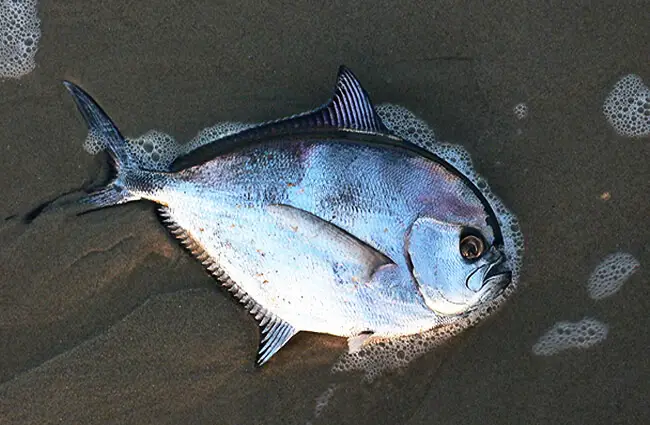
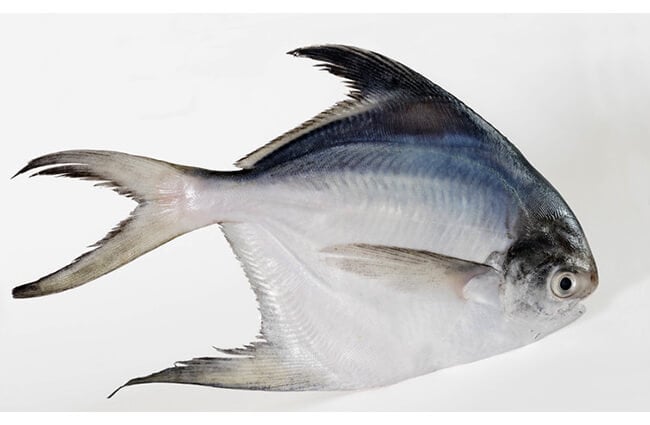
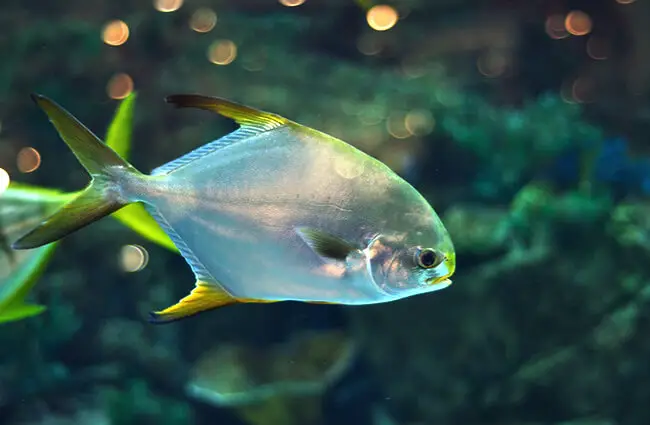
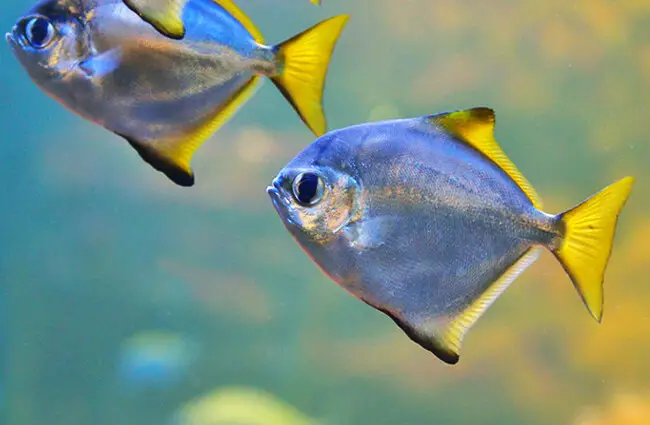
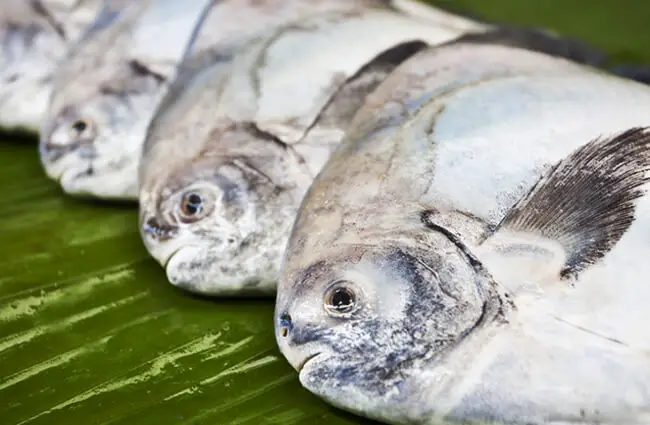
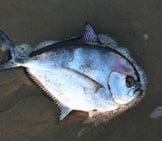
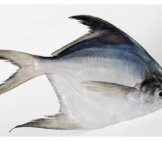

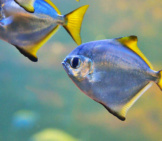

![Red Angus Closeup of a beautiful Red Angus cowPhoto by: U.S. Department of Agriculture [pubic domain]https://creativecommons.org/licenses/by/2.0/](https://animals.net/wp-content/uploads/2020/03/Red-Angus-4-238x178.jpg)












![Red Angus Closeup of a beautiful Red Angus cowPhoto by: U.S. Department of Agriculture [pubic domain]https://creativecommons.org/licenses/by/2.0/](https://animals.net/wp-content/uploads/2020/03/Red-Angus-4-100x75.jpg)

